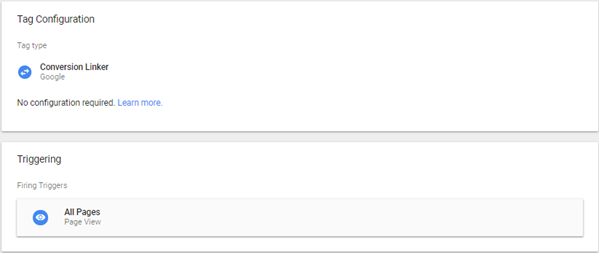The digital landscape is changing and consumers are perhaps understandably a little wary of the data we hold on them. Arguably, the industry is still in a post GDPR ‘what is and isn’t ok to track’ haze, making marketer’s jobs all that more challenging.
The anonymous data held within Google’s conversion tracking is widely regarded to be compliant with GDPR, yet Apple recently announced that the newest version of their Safari browser would include Intelligent Tracking Prevention 2.0 – preventing 3rd party cookies and therefore the tracking of Google campaign performance within Safari. However, fear not, as Google have a workaround.
If you advertise directly with Google you may have already received an email from them (see the foot of this article for a copy). Below, we explain exactly how you can implement Google’s workaround and ensure that your Google Ad conversions continue to be tracked accurately.
YOU WILL NEED TO ACTION ONE OF THE FOLLOWING 3 SOLUTIONS:
- Link your AdWords account and your Analytics account. An article with steps to link the accounts can be found here. Note that this solution only works for AdWords conversion tracking and not Floodlight tags.
- In the case you are using Google Tag Manager to fire the AdWords conversion tag, all you will need to do is add the Conversion Linker tag (see below) and for it to fire on all pages. This tag enables the storing of ad click information in a 1st party cookie instead of a 3rd party cookie, which is not blocked by browsers such as Safari.

- Update your Google Analytics code to the Global Site Tag. Follow the instructions given within the email sent by the Google Ads Team. We have added them below for your convenience:
- Log into the new Google Ads experience (the Conversions page)
- Click the website conversion action name for which you want to update the tag
- Expand the “Tag setup” panel at the bottom of the page
- Follow the instructions on this page to install both tag snippets:
a. The global site tag should be placed on all pages of your website so it can set new cookies on your domain, which will store information about the ad click that brought a user to your site. You only need one global site tag across your entire website, even if you track multiple actions.
b. The event snippet tag should be installed on the conversion page(s)
NEED SUPPORT WITH ONLINE ADVERTISING OR TRACKING YOUR CAMPAIGNS?
80 DAYS are a Google Premier Partner – meaning we’re recognised experts in using Google products such as Google AdWords, Google Analytics and Google Tag Manager. As luxury hospitality and travel specialists – we can ensure that your hotel advertising campaigns are setup correctly and tracked accurately. Please get in touch to see how we can help you.
Copy of the email being sent directly to Google Advertisers;
|







